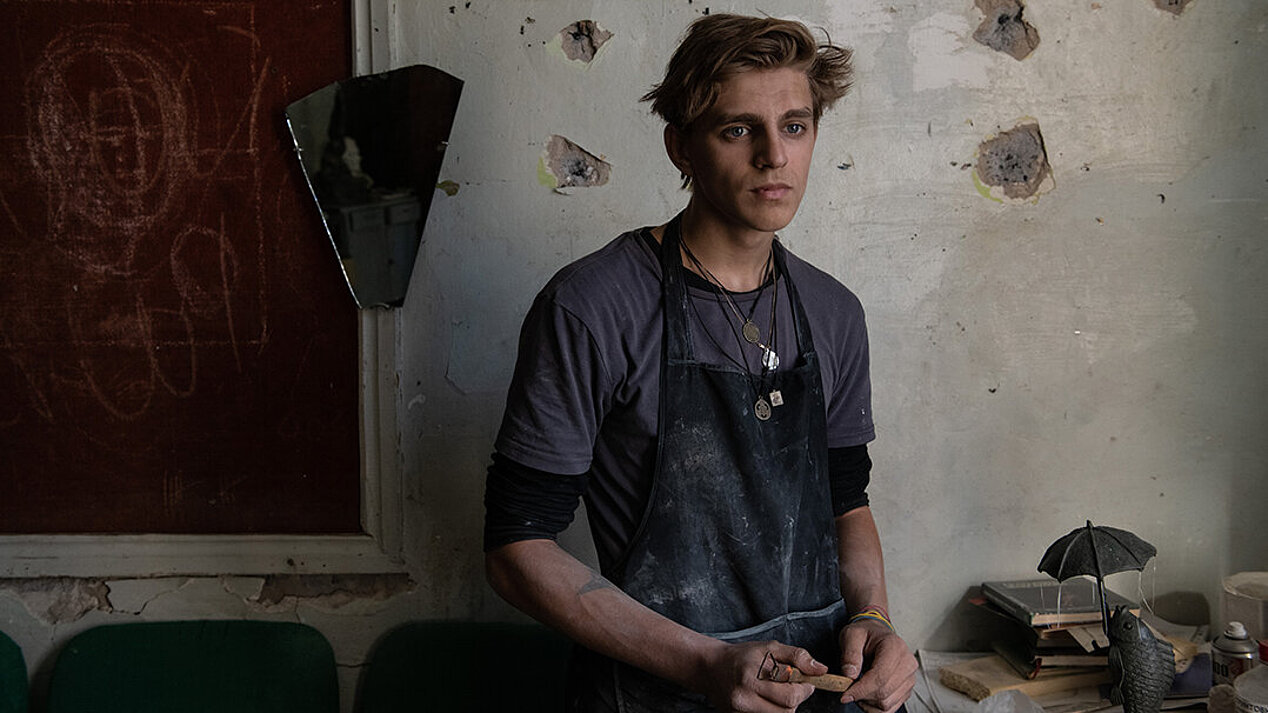I was surprised to meet many young 17 to 20-year-old people who were very outspoken and carefree, as if the devastation of their surroundings was their new normal. But perhaps it really seemed normal for them to live in this tension between pro-Ukraine and pro-Russian People's Republic. After all, these young men and women belong to the new war generation: eight years ago, when the war broke out, they were still children.
An outspoken 'new war generation'
I spent a month travelling through the region, talking to them about their lives, their dreams and plans. But I also saw devastated villages near the front line, overcrowded hospitals and people rummaging through ruins for materials to rebuild their homes. When I returned to Moscow, the memories of what I had just seen conflicted with everyday life in the Russian capital. For many people in Moscow, the war seems far removed. If anything, it plays out in images on television showing missiles falling from the blue sky on an invisible enemy. Despite the ongoing mobilisation, the official news channels report on neither the war nor the dead soldiers. The losses were greatest in the poorest regions of Russia, such as Buryatia and Tyva, but there the ban on spreading information about the war was even stricter: journalists were not allowed to attend funerals.












